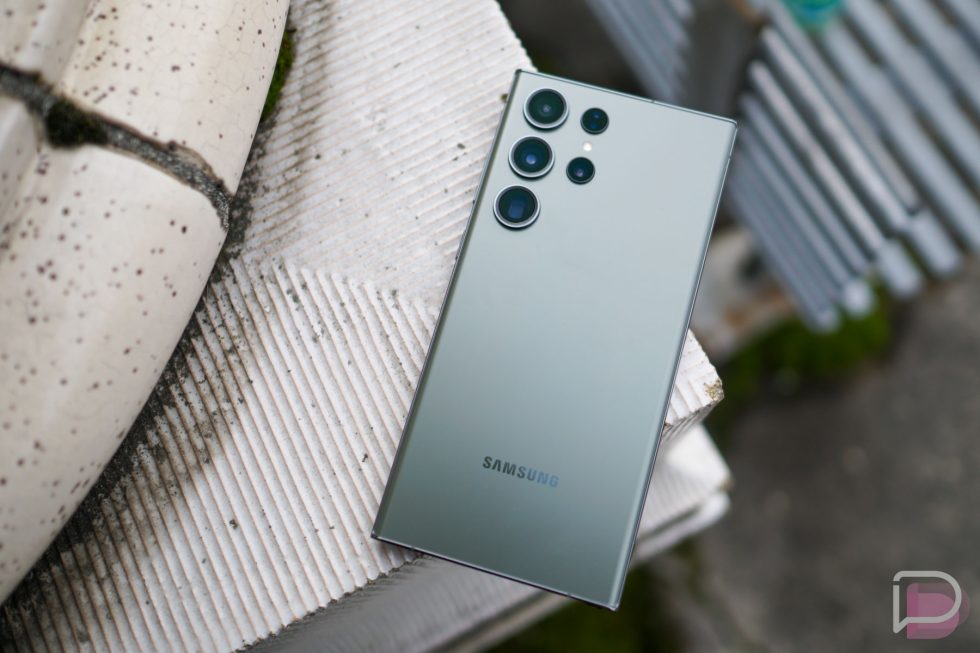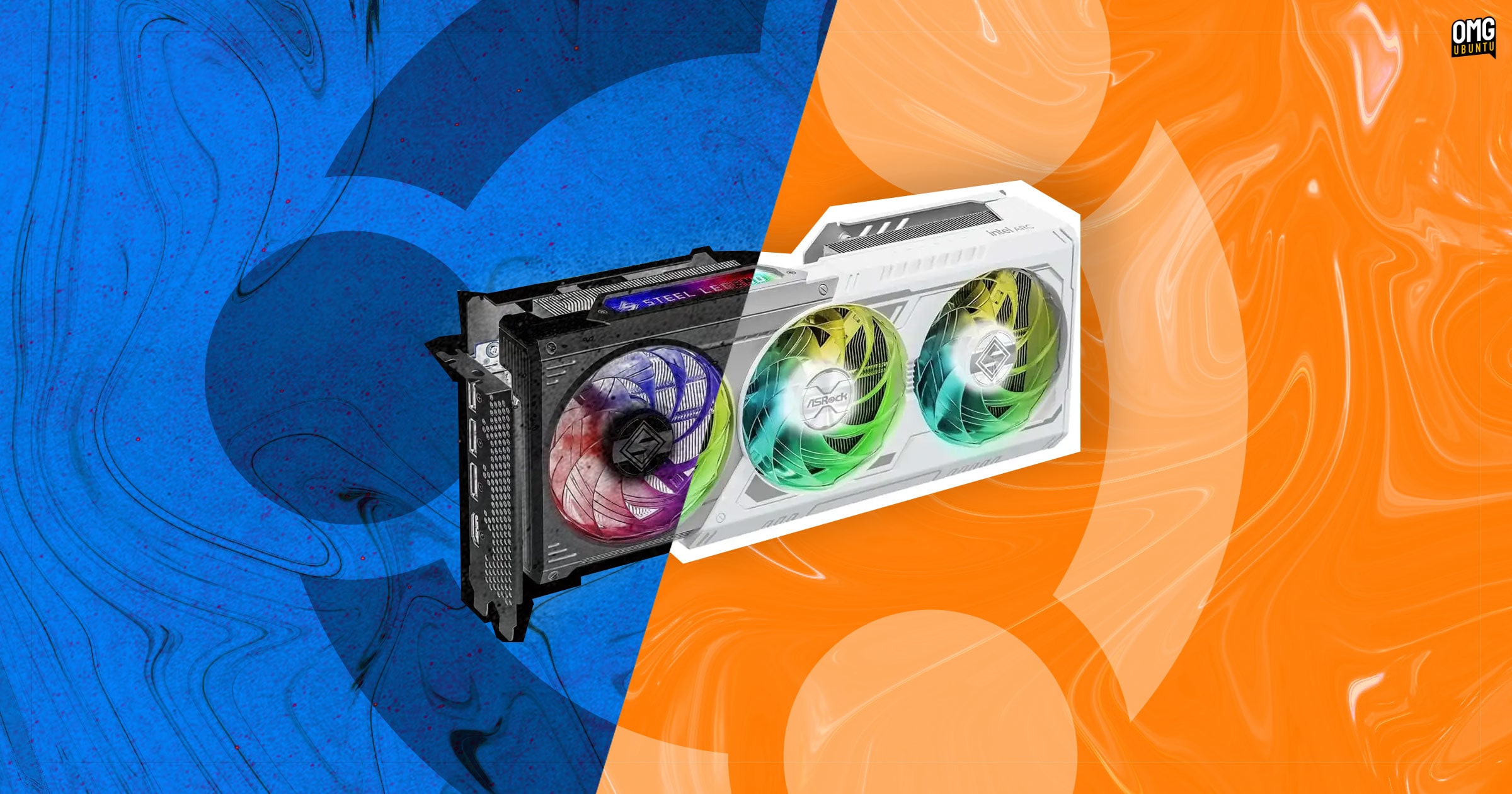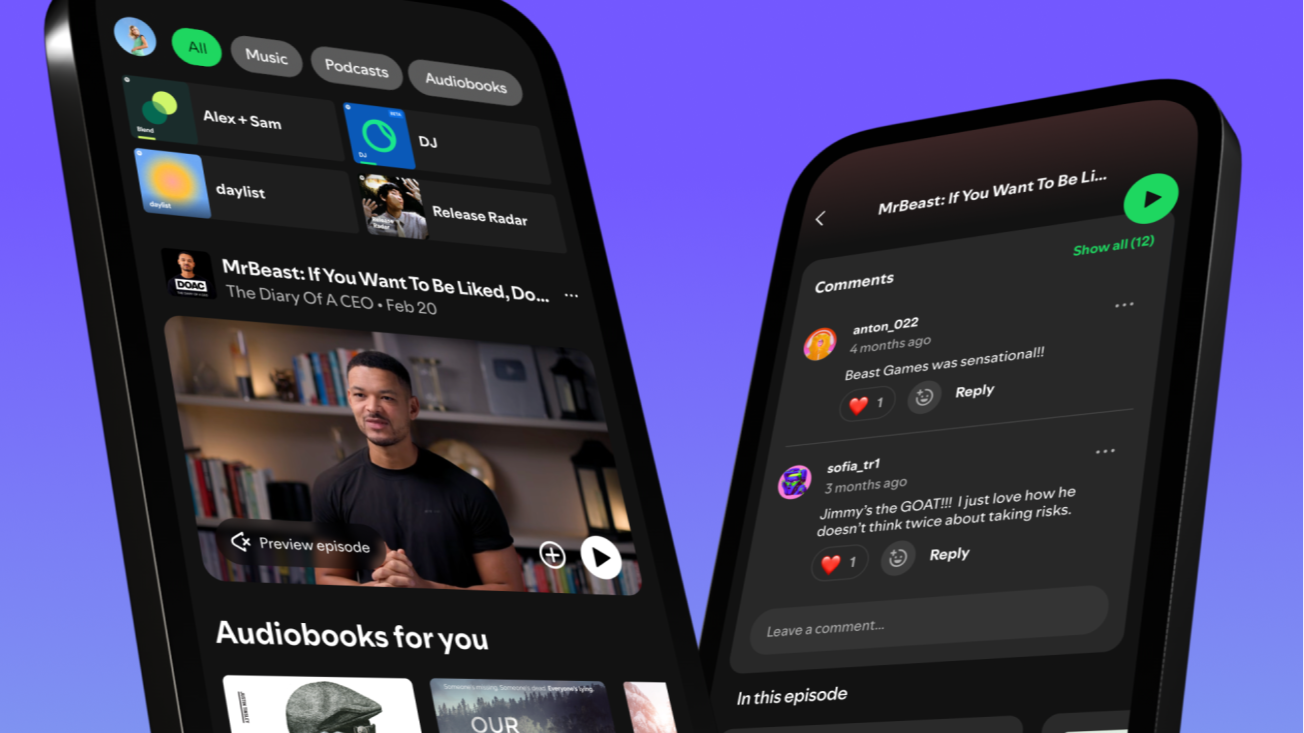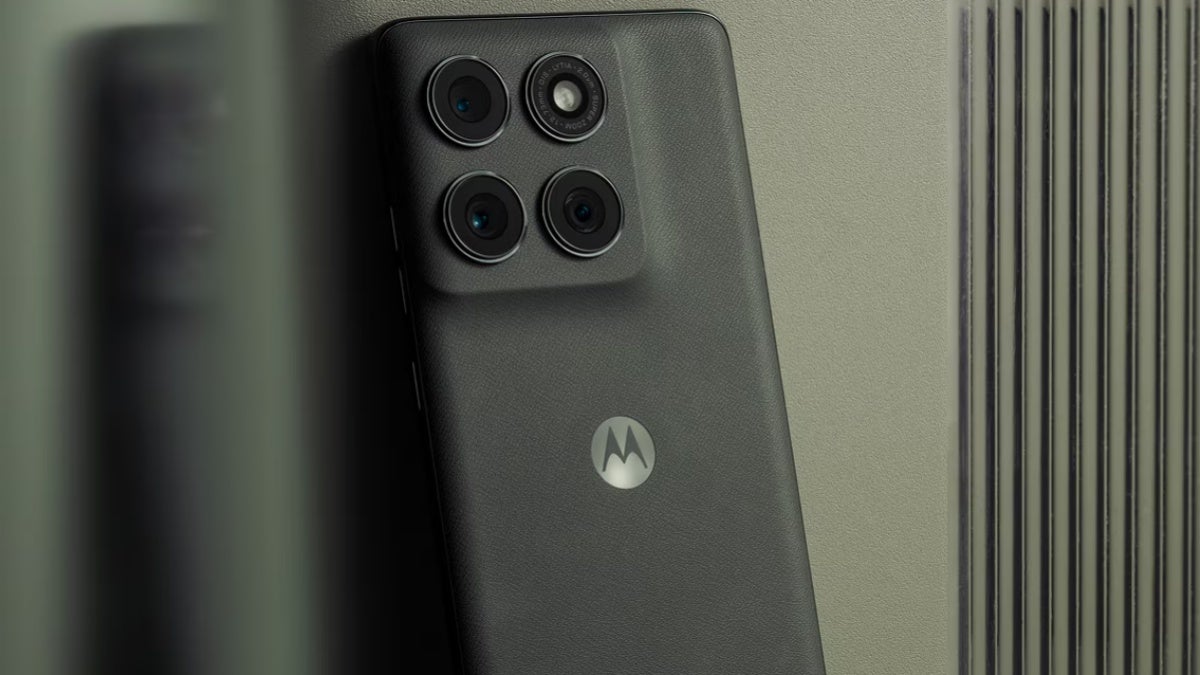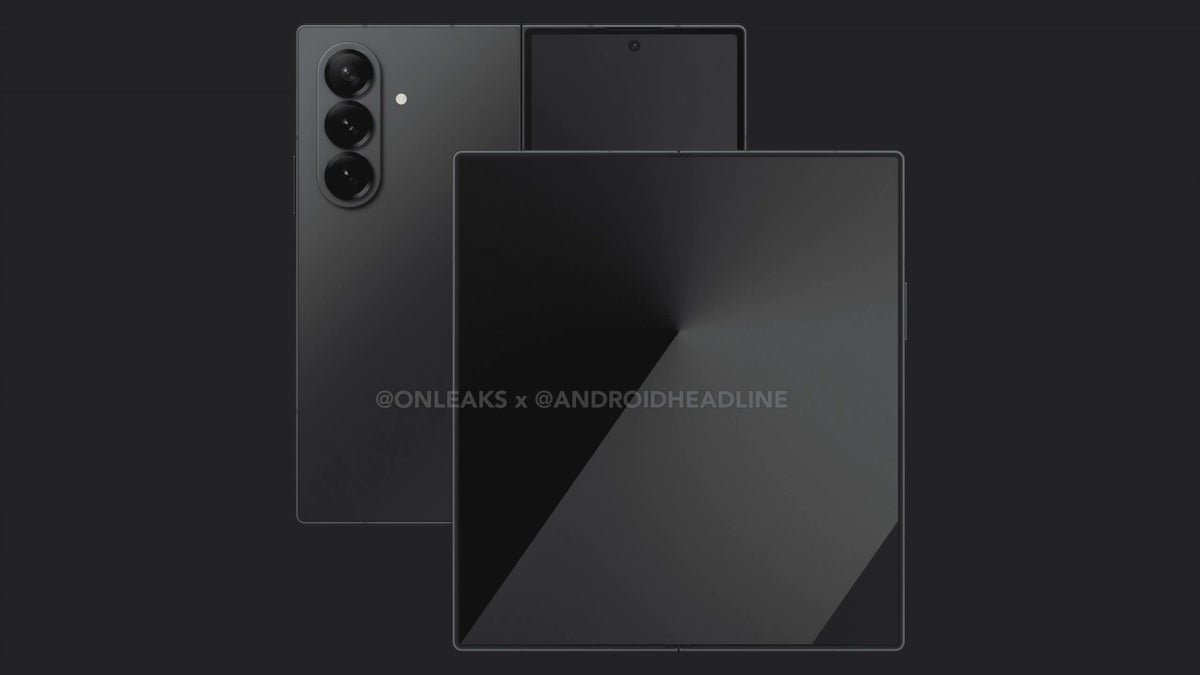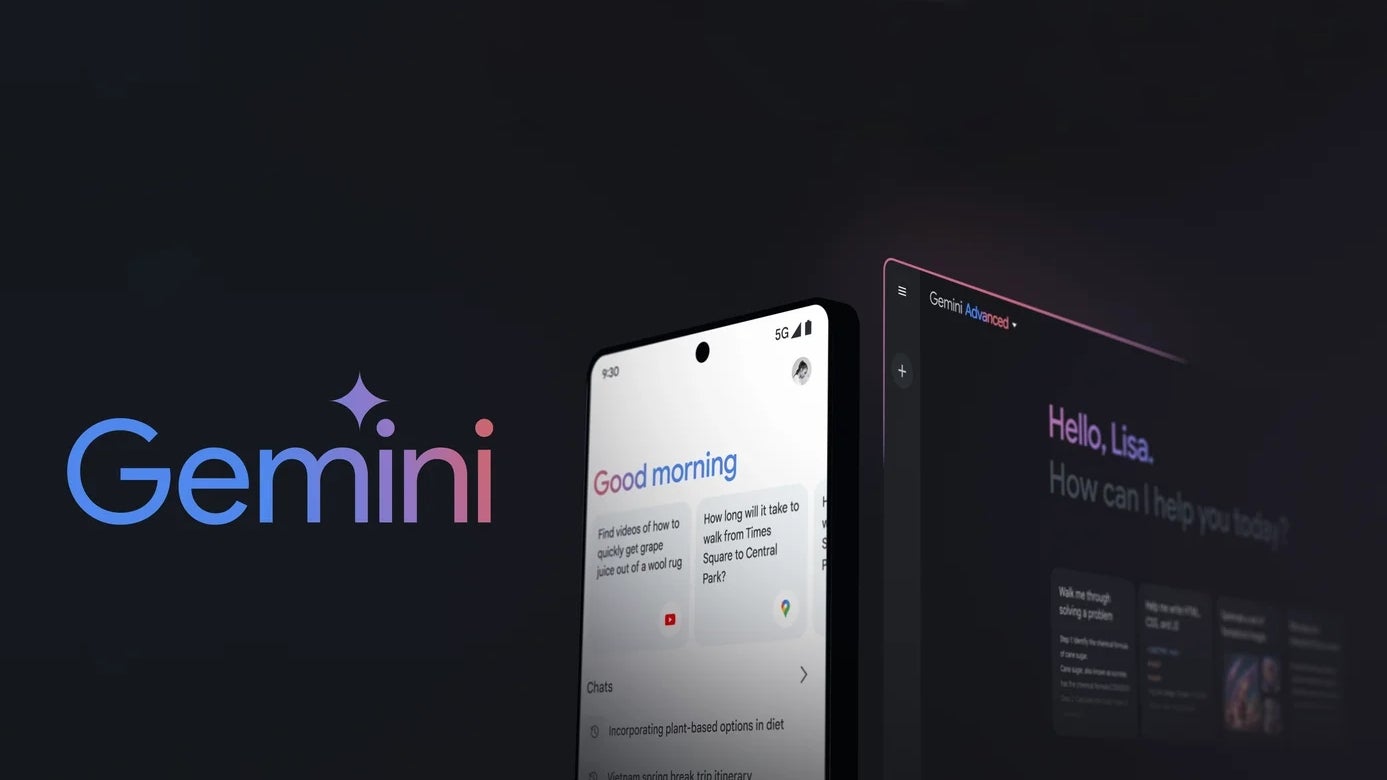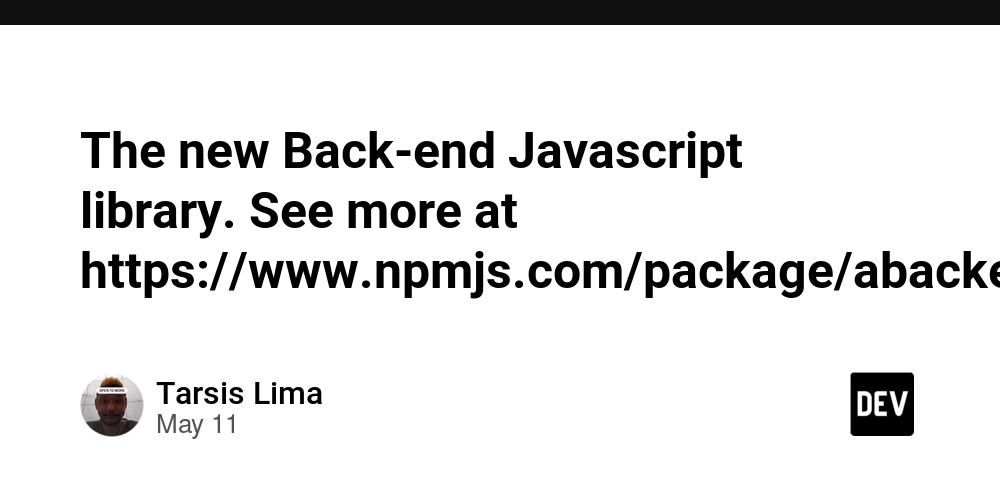Building a Business, Breaking Down: My E-Commerce Experiment
It all started with a simple idea—selling remote control toys and electronics online. I was excited about it, so I started the process of applying for Stripe business to handle payments. I filled out all the details, and after 51 days of waiting, I got a rejection. I didn’t have time to reapply, so I figured, "Alright, time to find another way." That’s when I came across Meesho, which allows you to resell products for a higher price. The idea clicked, but there was a catch—I needed an e-commerce website to make it work. I decided to take matters into my own hands and build the website. I used Flask for the backend and MongoDB for the database. But then came the tricky part: How do I make sure my customers are legit? To solve that, I used OAuth to let people sign in with Google. This way, I could gather their name, email, phone number, and address to verify them. Once the site was good to go, I needed to deploy it. Since there were free options, I chose Render to host the Flask app. But then came another issue—domain name. A free subdomain wasn’t going to cut it; I needed something that would make the business look legit. So, I switched things up again and redesigned the site with PHP, Flask-CORS, and MongoDB. I hosted it on PythonAnywhere and InfinityFree, which gave me a free subdomain. Now the site was live, but I still needed to populate it with products. So, I used Selenium to scrape Meesho for product details and images. That saved me tons of time and made sure the site was filled with items to sell. The next challenge? Marketing. I thought social media would be the way to go, so I reached out to meme pages on Instagram that targeted school students. I paid them for story promotions, and to my surprise, it actually worked! I got about 40-50 orders from the first campaign. It wasn’t a huge success, but at least I broke even. The downside was that some customers didn’t pick up their orders, so I had to resend a few of them. I wasn’t ready to give up yet. I decided to target different meme pages this time—ones with better engagement (more likes, comments, and followers). I paid for promotions on four pages, and boom! The orders flooded in. By then, I had also improved the website’s UI, taking inspiration from Airbnb and Flipkart, which made the whole thing feel more professional. With more orders coming in, it was time to take the next step. I bought a premium domain and upgraded to better hosting. But then, things started to get messy. Some of the products I was selling went out of stock on Meesho, and I had to wait for them to restock. The problem? I didn’t have an online payment system, so I couldn’t take payments upfront. That meant customers had to wait even longer for their orders, which only added to the frustration. Still, I kept them updated on their order status, and when the products were available again, I resumed reselling. By this point, I was juggling college exams, lab practicals, and hackathons. So, to save time, I created a Selenium automation tool that would automatically fill in order details from my MySQL database and resell products on Meesho. It worked like a charm and saved me a lot of effort. But then, the complaints started rolling in. People weren’t happy with the quality of the products. The earphones I was selling barely worked, and some of the electronics were faulty. Customers were starting to compare the cheap Meesho products to premium brands, and let’s just say they weren’t impressed. On top of that, Meesho’s shipping partners often delayed deliveries, which only made things worse. Negative reviews started piling up on social media, and I could see my brand’s credibility slipping away. Eventually, the complaints grew so loud that I had no choice but to shut down the "place order" feature on the site. I fulfilled all the remaining orders, but by then, I knew I couldn’t keep going with the whole reselling business. So, I made a tough decision to turn the entire website into a blog instead. It was a wild ride—there were ups and downs, a lot of lessons learned, and plenty of moments where I thought, “Maybe this wasn’t the best idea.” But at the end of the day, I realized that building a business isn’t just about sales. It’s about building trust, delivering quality, and keeping your customers happy.

It all started with a simple idea—selling remote control toys and electronics online. I was excited about it, so I started the process of applying for Stripe business to handle payments. I filled out all the details, and after 51 days of waiting, I got a rejection. I didn’t have time to reapply, so I figured, "Alright, time to find another way." That’s when I came across Meesho, which allows you to resell products for a higher price. The idea clicked, but there was a catch—I needed an e-commerce website to make it work.
I decided to take matters into my own hands and build the website. I used Flask for the backend and MongoDB for the database. But then came the tricky part: How do I make sure my customers are legit? To solve that, I used OAuth to let people sign in with Google. This way, I could gather their name, email, phone number, and address to verify them.
Once the site was good to go, I needed to deploy it. Since there were free options, I chose Render to host the Flask app. But then came another issue—domain name. A free subdomain wasn’t going to cut it; I needed something that would make the business look legit. So, I switched things up again and redesigned the site with PHP, Flask-CORS, and MongoDB. I hosted it on PythonAnywhere and InfinityFree, which gave me a free subdomain.
Now the site was live, but I still needed to populate it with products. So, I used Selenium to scrape Meesho for product details and images. That saved me tons of time and made sure the site was filled with items to sell. The next challenge? Marketing. I thought social media would be the way to go, so I reached out to meme pages on Instagram that targeted school students. I paid them for story promotions, and to my surprise, it actually worked! I got about 40-50 orders from the first campaign. It wasn’t a huge success, but at least I broke even. The downside was that some customers didn’t pick up their orders, so I had to resend a few of them.
I wasn’t ready to give up yet. I decided to target different meme pages this time—ones with better engagement (more likes, comments, and followers). I paid for promotions on four pages, and boom! The orders flooded in. By then, I had also improved the website’s UI, taking inspiration from Airbnb and Flipkart, which made the whole thing feel more professional.
With more orders coming in, it was time to take the next step. I bought a premium domain and upgraded to better hosting. But then, things started to get messy. Some of the products I was selling went out of stock on Meesho, and I had to wait for them to restock. The problem? I didn’t have an online payment system, so I couldn’t take payments upfront. That meant customers had to wait even longer for their orders, which only added to the frustration. Still, I kept them updated on their order status, and when the products were available again, I resumed reselling.
By this point, I was juggling college exams, lab practicals, and hackathons. So, to save time, I created a Selenium automation tool that would automatically fill in order details from my MySQL database and resell products on Meesho. It worked like a charm and saved me a lot of effort.
But then, the complaints started rolling in. People weren’t happy with the quality of the products. The earphones I was selling barely worked, and some of the electronics were faulty. Customers were starting to compare the cheap Meesho products to premium brands, and let’s just say they weren’t impressed. On top of that, Meesho’s shipping partners often delayed deliveries, which only made things worse. Negative reviews started piling up on social media, and I could see my brand’s credibility slipping away.
Eventually, the complaints grew so loud that I had no choice but to shut down the "place order" feature on the site. I fulfilled all the remaining orders, but by then, I knew I couldn’t keep going with the whole reselling business. So, I made a tough decision to turn the entire website into a blog instead.
It was a wild ride—there were ups and downs, a lot of lessons learned, and plenty of moments where I thought, “Maybe this wasn’t the best idea.” But at the end of the day, I realized that building a business isn’t just about sales. It’s about building trust, delivering quality, and keeping your customers happy.





























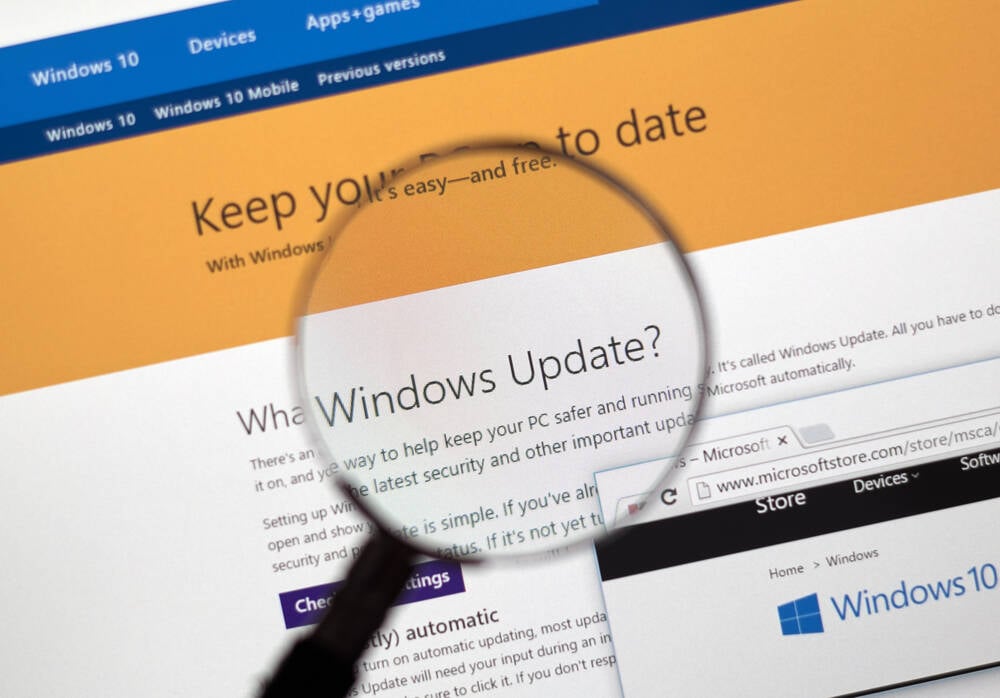







































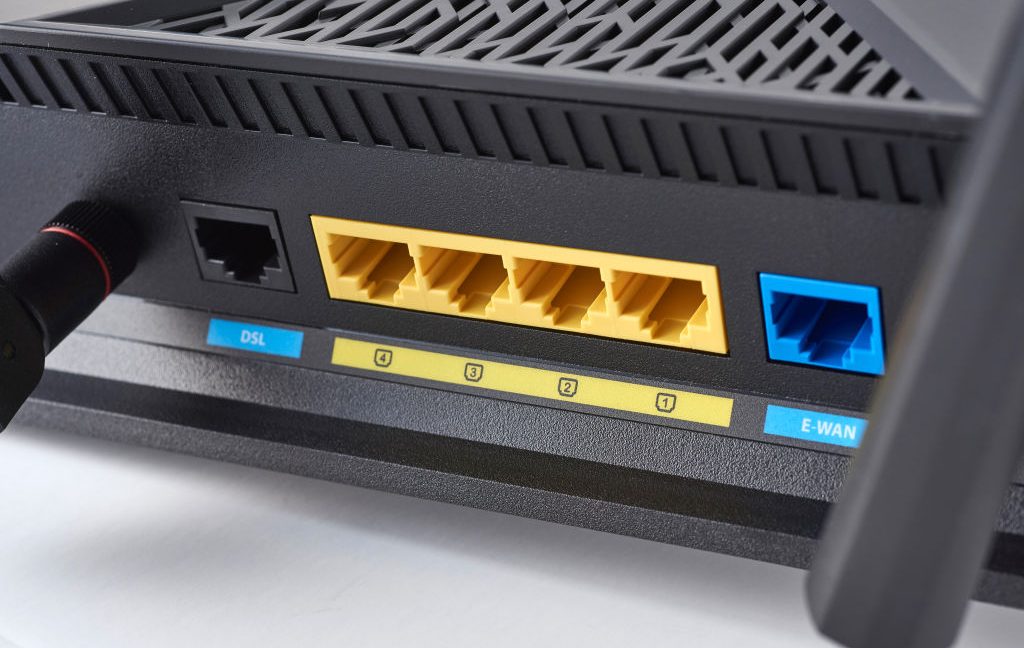

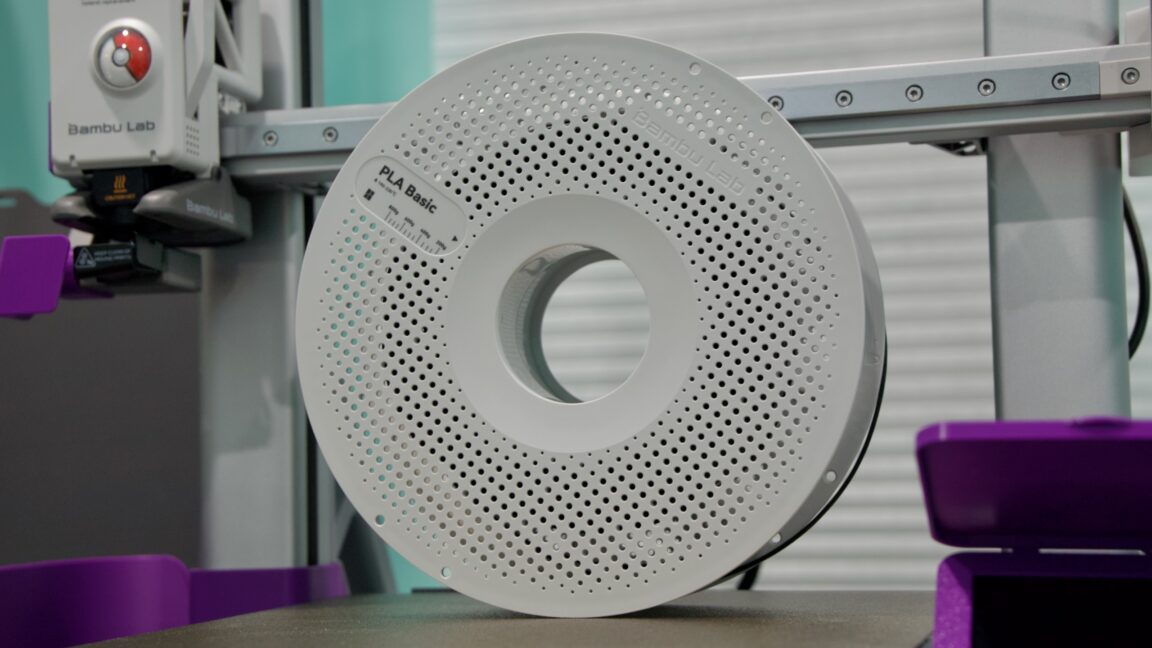







































































































![[The AI Show Episode 150]: AI Answers: AI Roadmaps, Which Tools to Use, Making the Case for AI, Training, and Building GPTs](https://www.marketingaiinstitute.com/hubfs/ep%20150%20cover.png)
![[The AI Show Episode 149]: Google I/O, Claude 4, White Collar Jobs Automated in 5 Years, Jony Ive Joins OpenAI, and AI’s Impact on the Environment](https://www.marketingaiinstitute.com/hubfs/ep%20149%20cover.png)








































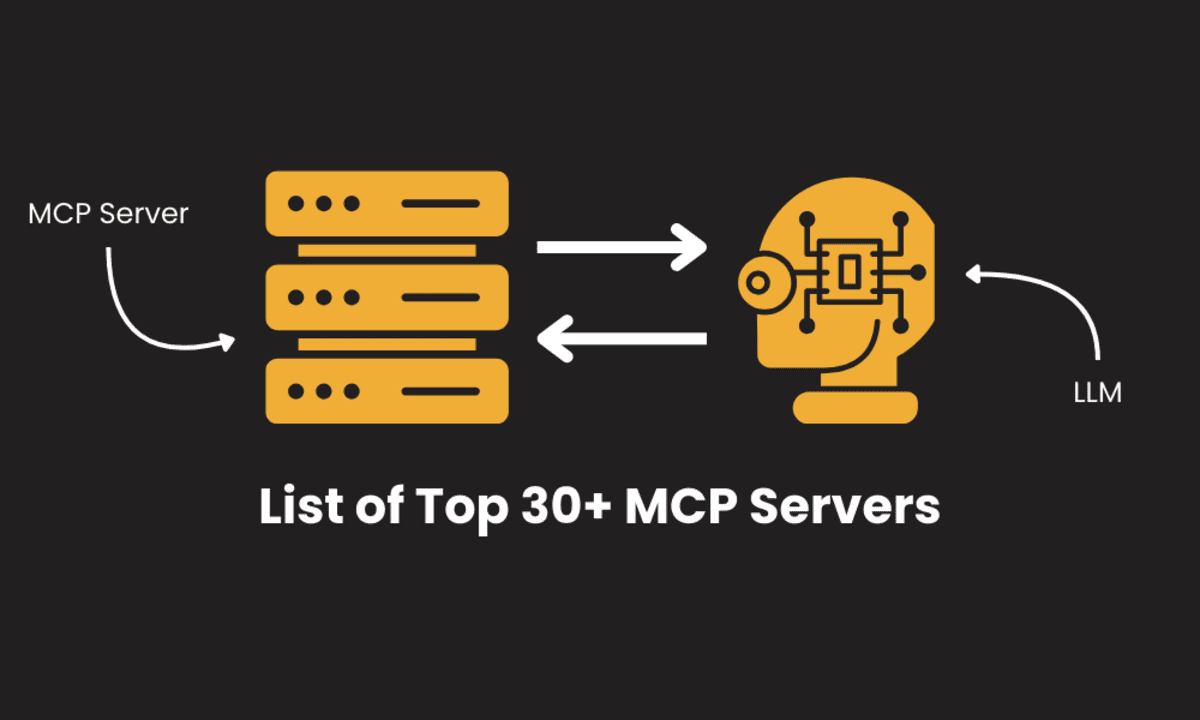



















































































![[DEALS] Mail Backup X Individual Edition: Lifetime Subscription (72% off) & Other Deals Up To 98% Off – Offers End Soon!](https://www.javacodegeeks.com/wp-content/uploads/2012/12/jcg-logo.jpg)






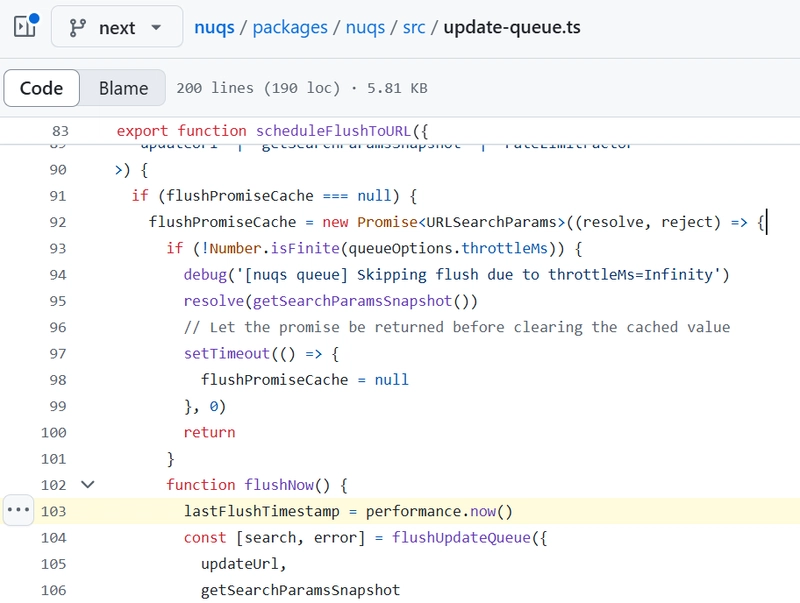

















































































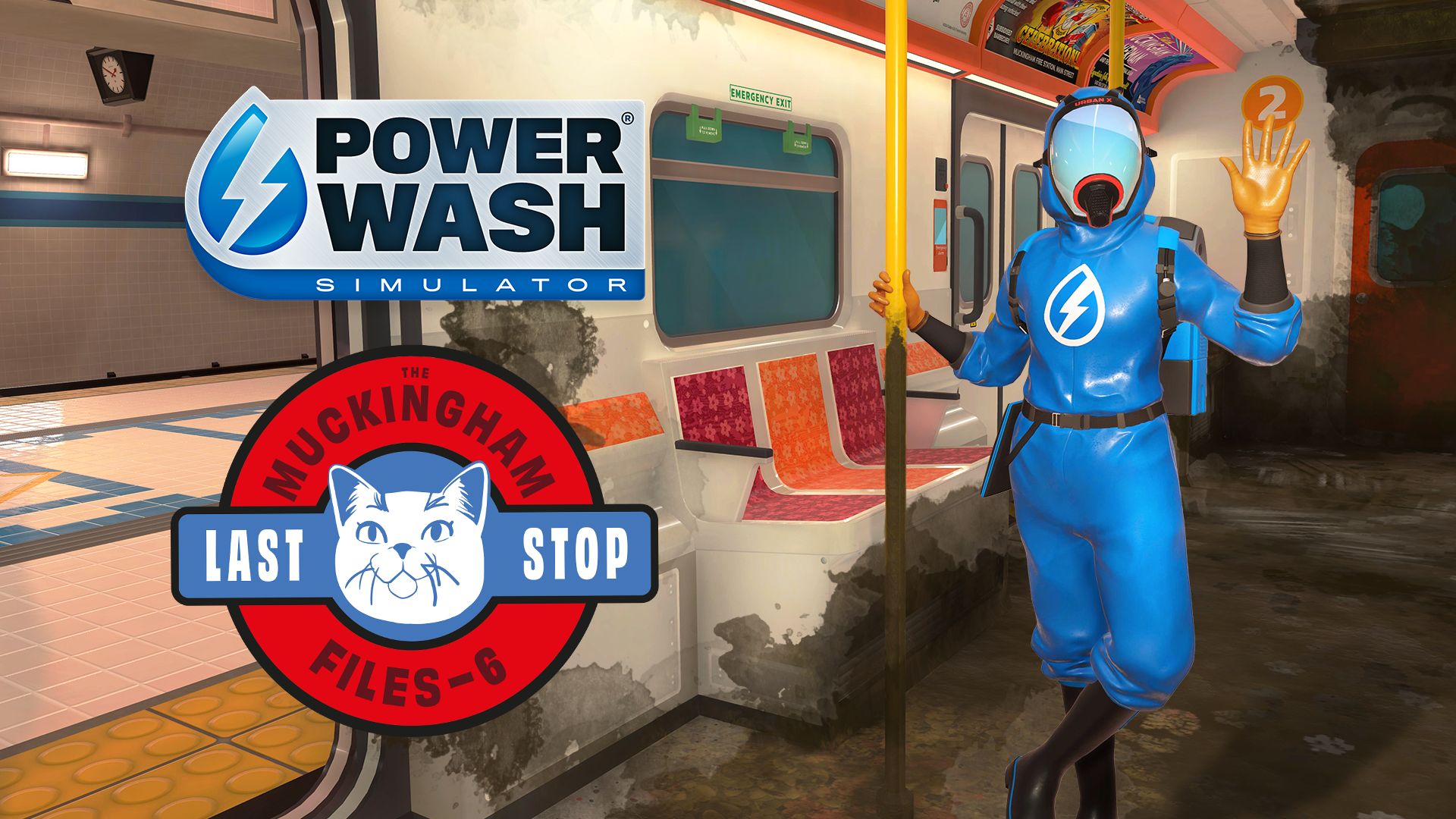



















































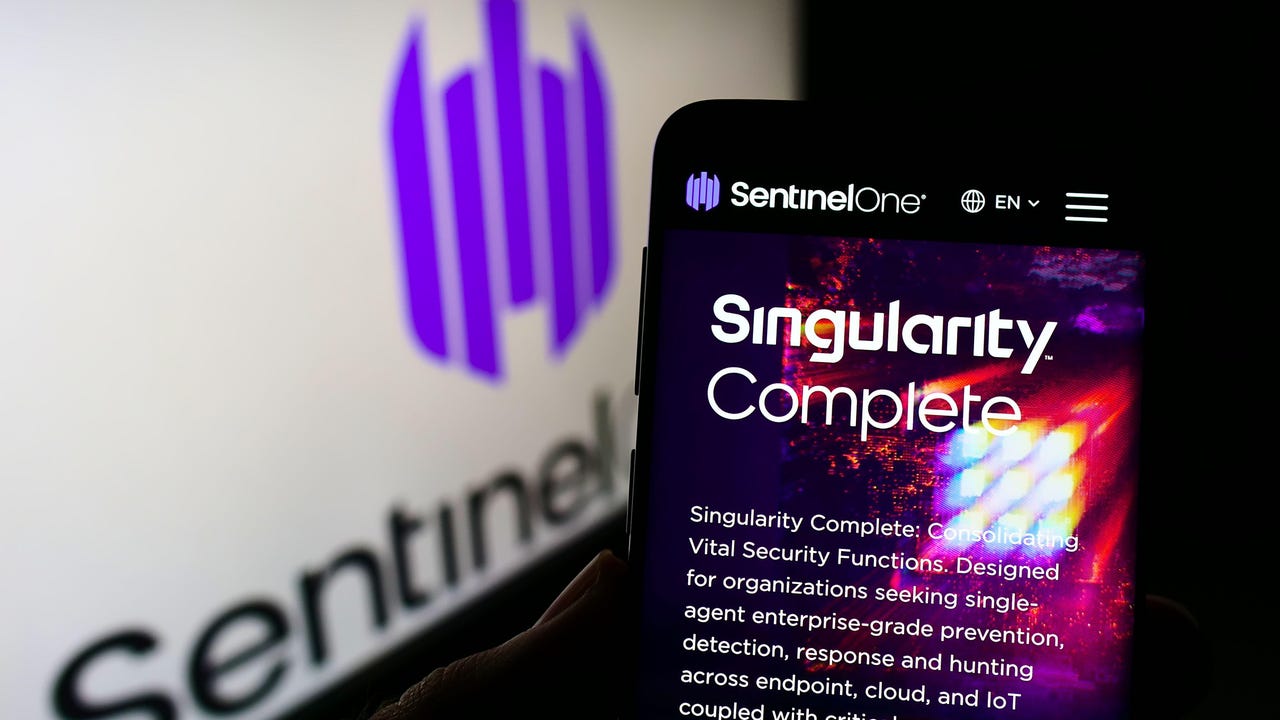









































































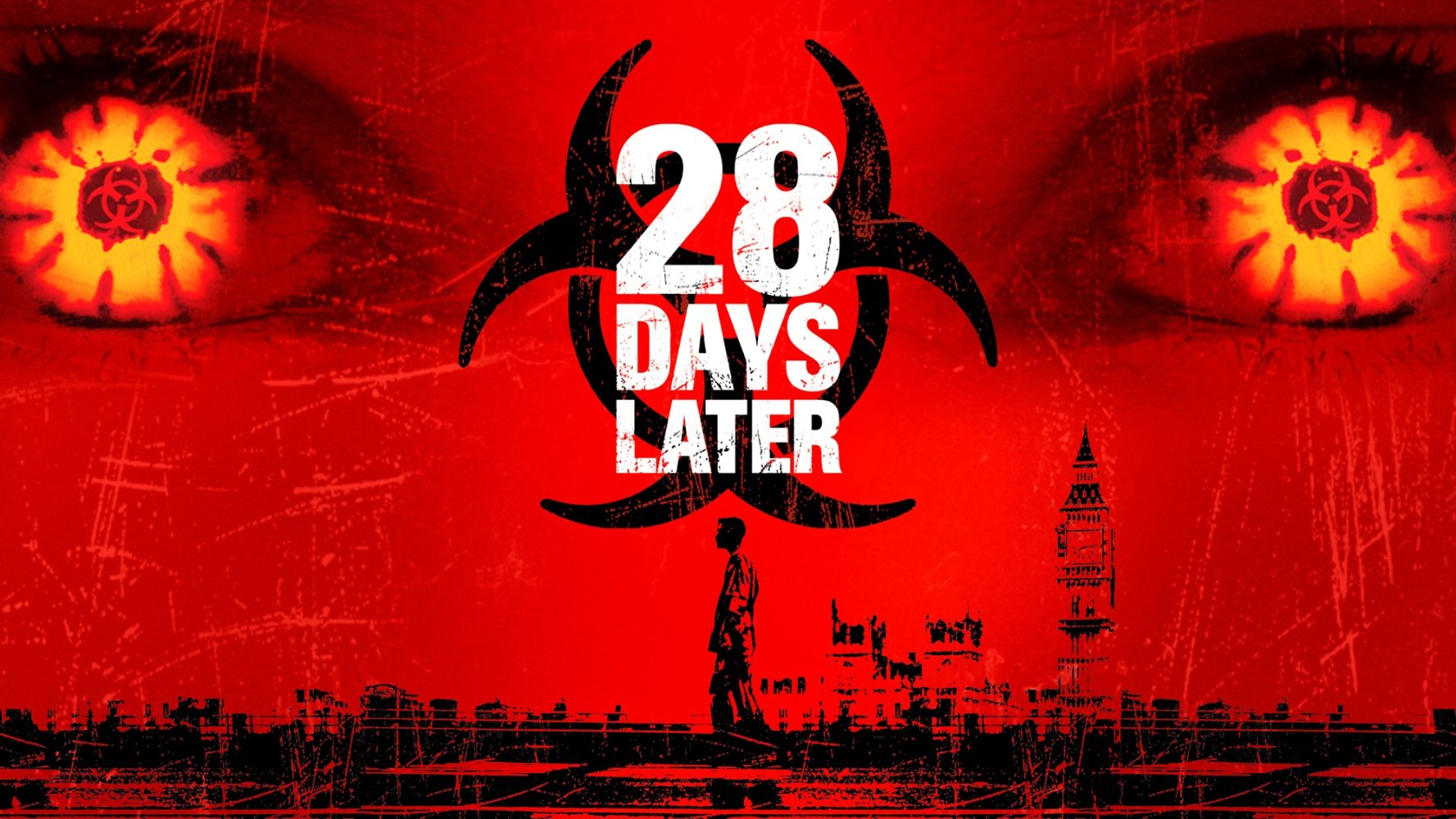

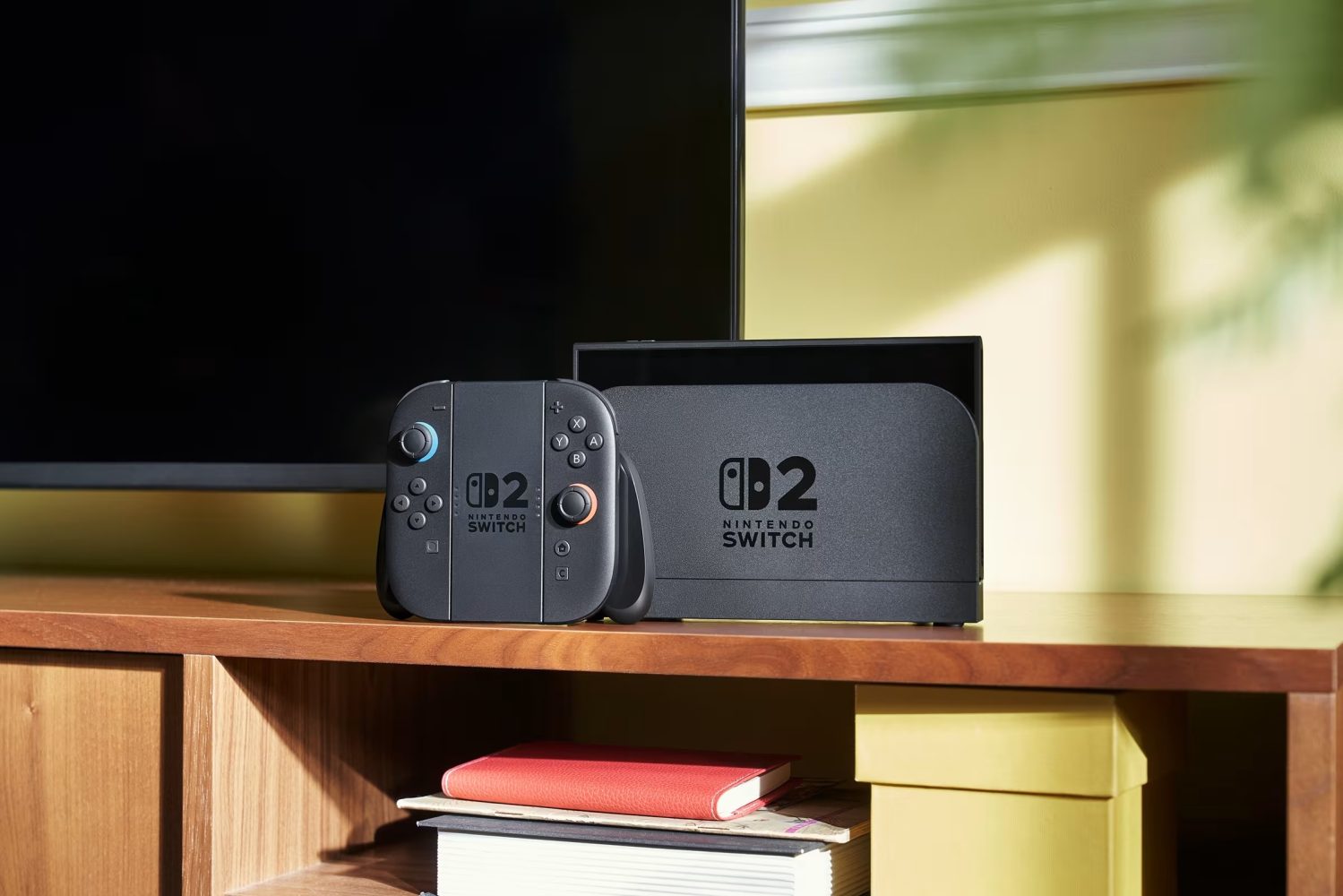








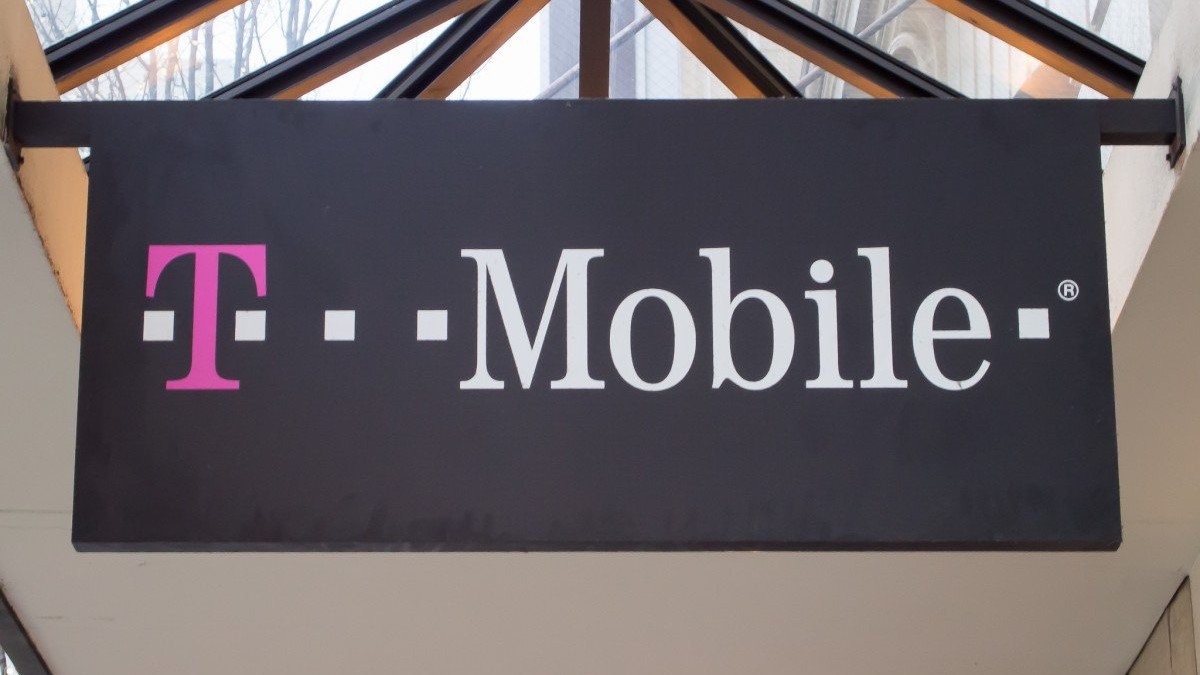

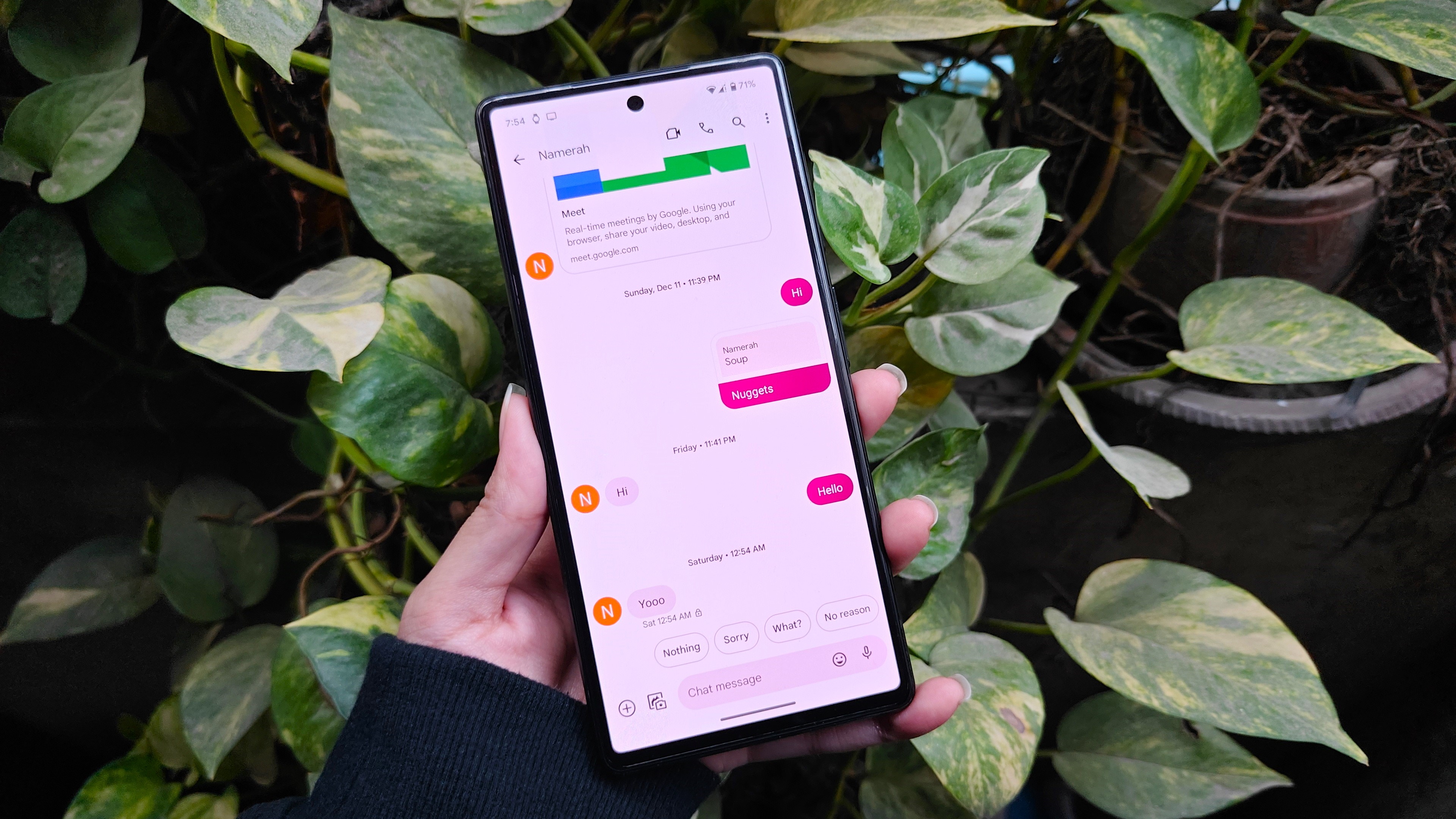
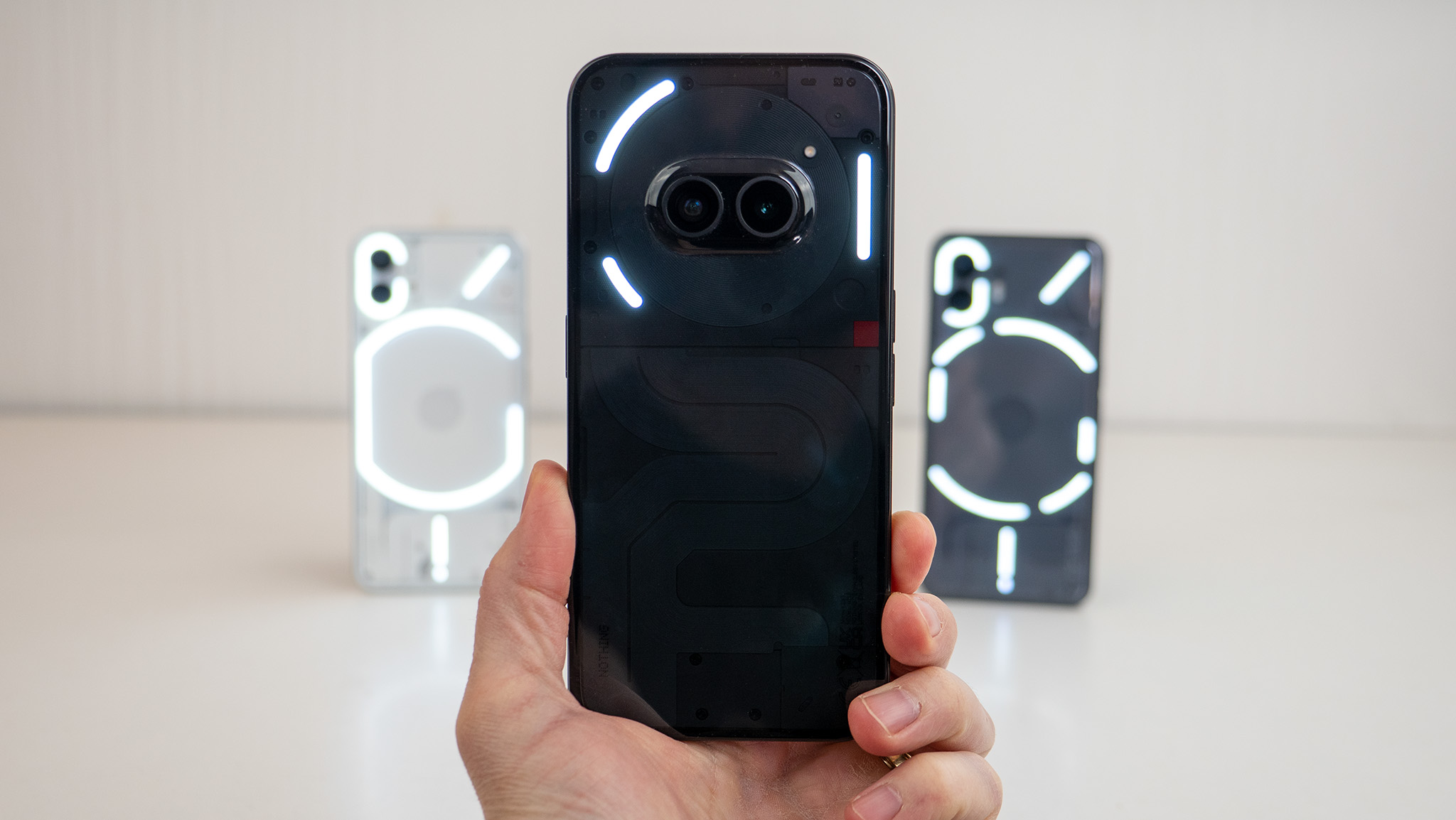


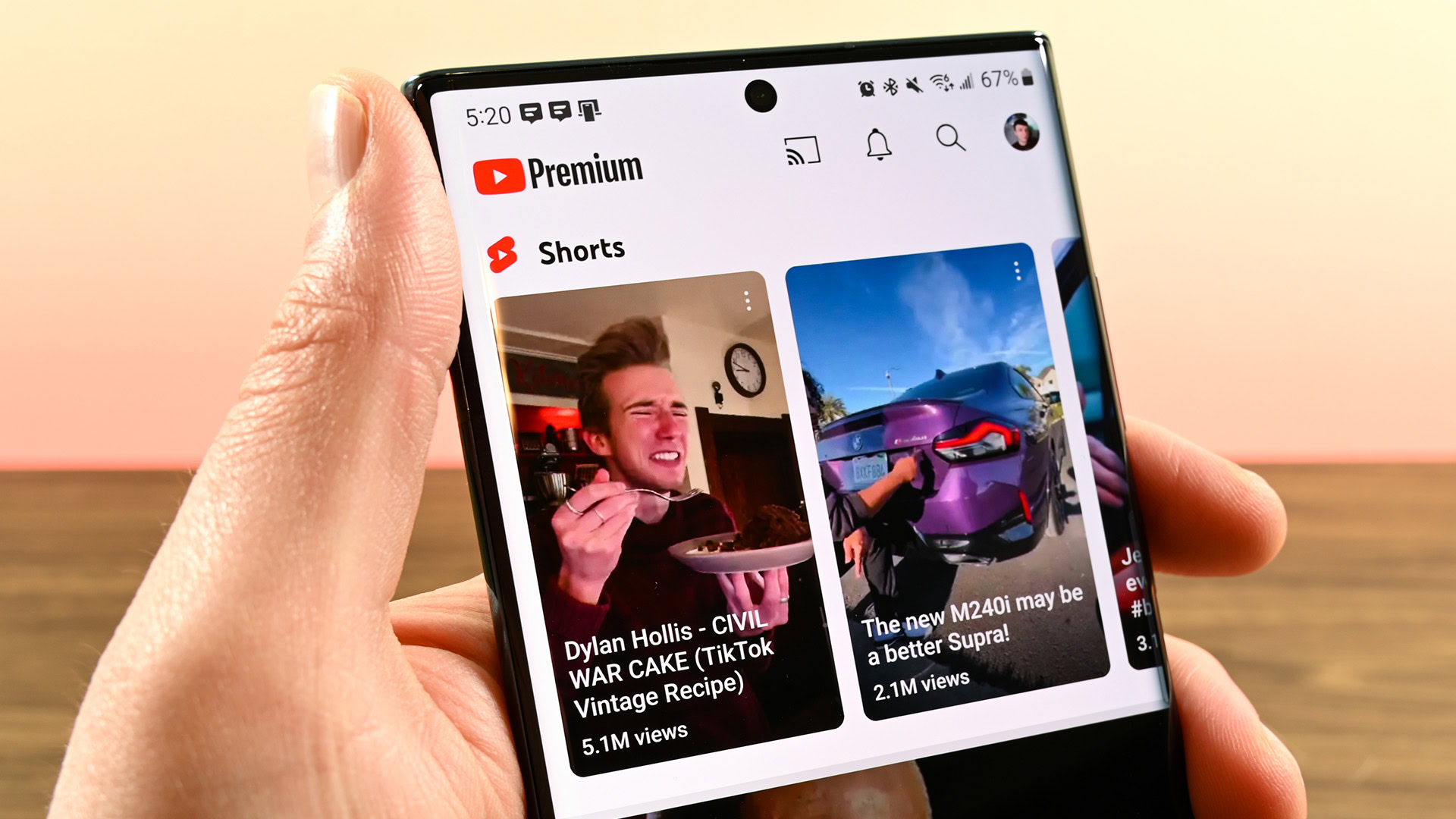





![Google TV is finally preparing sleep timer support as app readies Material 3 Expressive [Gallery]](https://i0.wp.com/9to5google.com/wp-content/uploads/sites/4/2024/01/google-tv-logo.jpg?resize=1200%2C628&quality=82&strip=all&ssl=1)













![Apple Shares Official Trailer for 'Smoke' Starring Taron Egerton [Video]](https://www.iclarified.com/images/news/97453/97453/97453-640.jpg)
![Apple's M4 Mac Mini Drops to $488.63, New Lowest Price Ever [Deal]](https://www.iclarified.com/images/news/97456/97456/97456-1280.jpg)


























